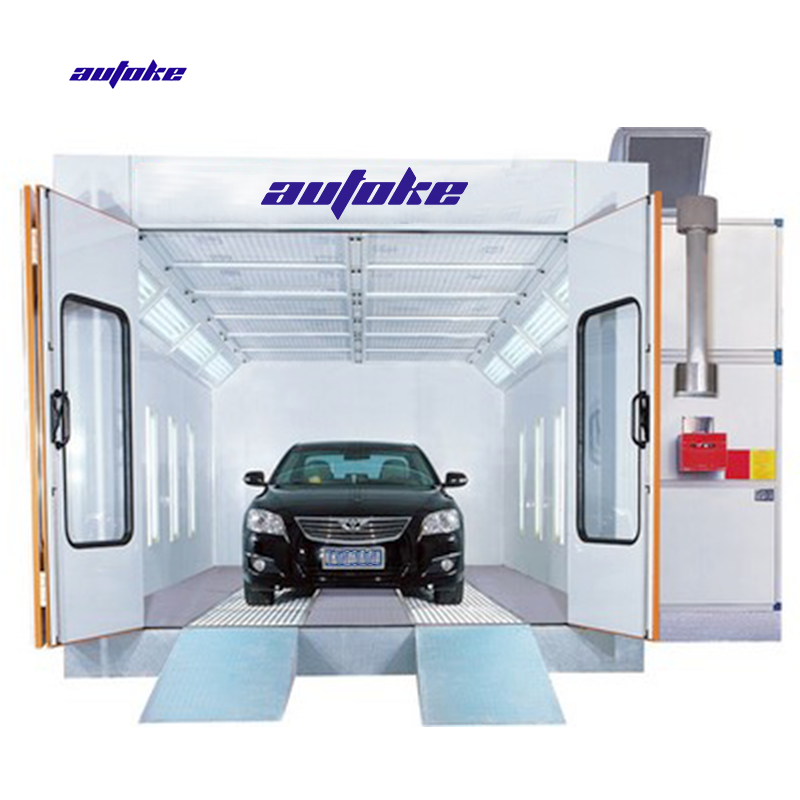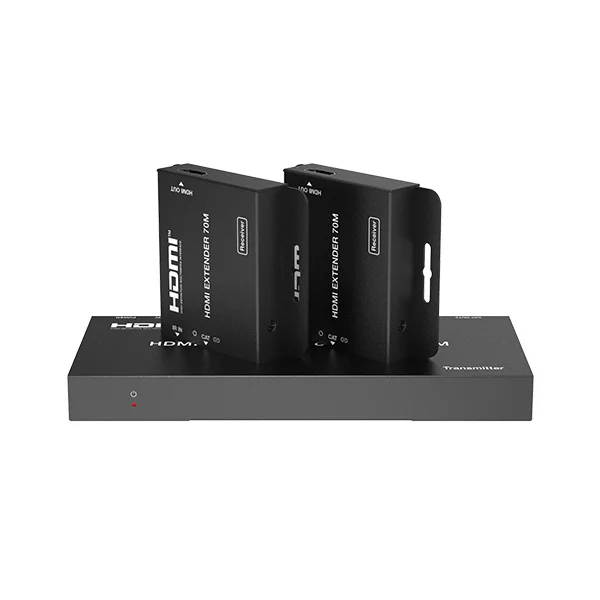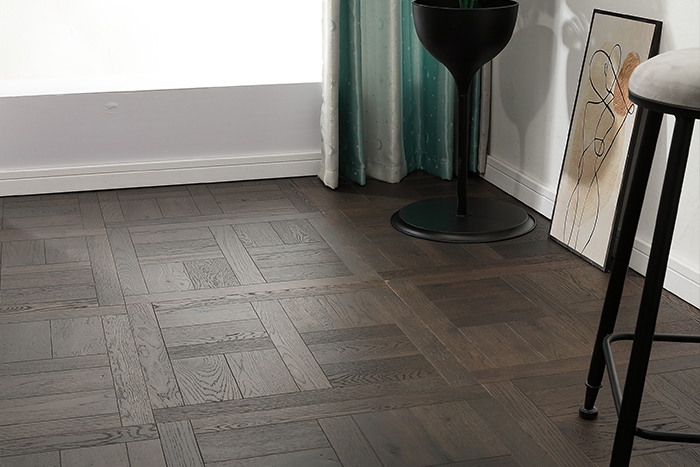In the realm of thermal management, plate heat exchangers (PHEs) have emerged as a cornerstone technology for a variety of industries, including food processing, pharmaceuticals, HVAC, and chemical manufacturing. Their compact design, high efficiency, and versatility make them an attractive choice for heat transfer applications. However, selecting the right plate heat exchanger can be a daunting task, given the myriad of options available. This article aims to provide a detailed guide on how to select a plate heat exchanger that meets your specific needs, ensuring optimal performance and efficiency.
Understanding Plate Heat Exchangers
Before diving into the selection process, it’s essential to understand the fundamental principles behind plate heat exchangers. PHEs consist of multiple thin plates arranged in a frame, creating channels for two fluids to flow in close proximity. The heat transfer occurs through the plates, allowing one fluid to absorb heat from the other without mixing. This design maximizes surface area while minimizing the volume, leading to enhanced thermal efficiency.
Key Factors to Consider When Selecting a Plate Heat Exchanger
- Application Requirements
- Fluid Properties: The first step in selecting a PHE is to analyze the properties of the fluids involved. This includes temperature, pressure, viscosity, and potential fouling characteristics. Understanding these parameters will help determine the appropriate material and design of the plates.
- Heat Transfer Requirements: Calculate the required heat transfer rate (Q) based on the specific application. This will guide you in selecting a PHE with the right capacity to meet your thermal demands.
- Design Specifications
- Plate Material: The choice of material is crucial for durability and efficiency. Common materials include stainless steel, titanium, and nickel alloys. Consider the corrosive nature of the fluids and the operating temperature when selecting the material.
- Plate Configuration: The design of the plates (e.g., corrugation pattern) affects the flow dynamics and heat transfer efficiency. Different configurations can enhance turbulence, improving heat transfer rates.
- Flow Arrangement
- Counterflow vs. Parallel Flow: Counterflow arrangements typically offer higher efficiency as the two fluids flow in opposite directions, maximizing the temperature gradient. Parallel flow may be simpler but is often less effective in heat transfer.
- Number of Passes: Multi-pass designs can enhance heat transfer efficiency by allowing fluids to flow through the exchanger multiple times, increasing the overall heat exchange surface area.
- Size and Footprint
- Space Constraints: Consider the physical space available for installation. PHEs are generally compact, but the specific dimensions will depend on the required capacity and design.
- Maintenance Access: Ensure that the selected PHE allows for easy access for cleaning and maintenance, as fouling can significantly impact performance.
- Operational Conditions
- Temperature and Pressure Ratings: Ensure that the selected PHE can withstand the maximum operating temperature and pressure of your application. Exceeding these limits can lead to failure and costly downtime.
- Fouling and Cleaning: Assess the likelihood of fouling based on the fluids used. Some PHEs are designed for easy disassembly and cleaning, which can be a significant advantage in applications with high fouling tendencies.
- Cost Considerations
- Initial Investment vs. Long-Term Savings: While it may be tempting to choose the least expensive option, consider the total cost of ownership, including maintenance, energy efficiency, and potential downtime. Investing in a high-quality PHE can lead to significant savings over time.
Conclusion
Selecting the right plate heat exchanger is a critical decision that can significantly impact the efficiency and reliability of your thermal management system. By carefully considering application requirements, design specifications, flow arrangements, operational conditions, and cost factors, you can make an informed choice that meets your specific needs.


